- Homepage
- >
- Search Page
- > Use Case
- >
High-Resolution Volcanic Ash Dispersal Forecast
Short description
Results & Achievements
Objectives
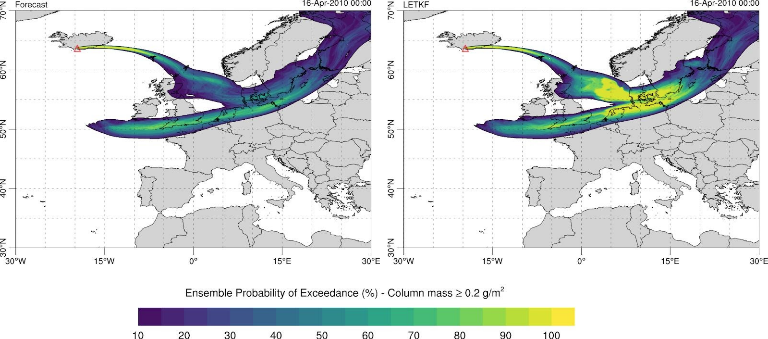
Technologies
Workflow
Use case workflow includes the following components:
The download and pre-process of required meteorological data.
The download of raw satellite data and the cloud mass quantitative retrievals (SEVIRI retrievals at 0.1º resolution, 1-hour frequency).
The ensemble forecast execution using the FALL3D model (i.e. the HPC component of the workflow)
No WMS available yet (work in progress)
Software involved
Use Case Owner
Arnau Folch
Barcelona Supercomputing Center-Centro Nacional de Supercomputación (BSC-CNS)
Collaborating Institutions
BSC
INGV
IMO
Mesoscale simulation of billion atom complex systems using thousands of GPGPUS's
Short description
Results & Achievements
Objectives
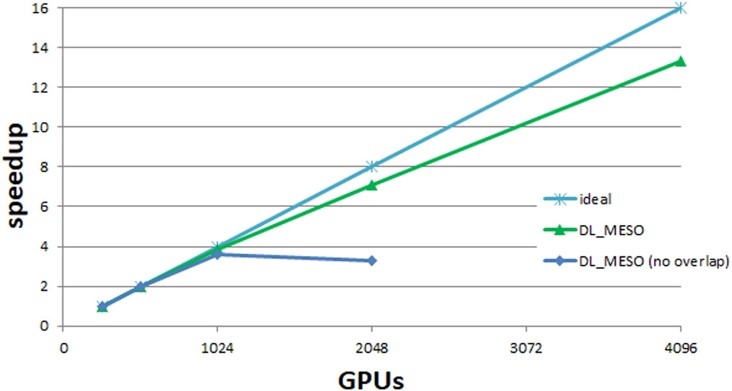
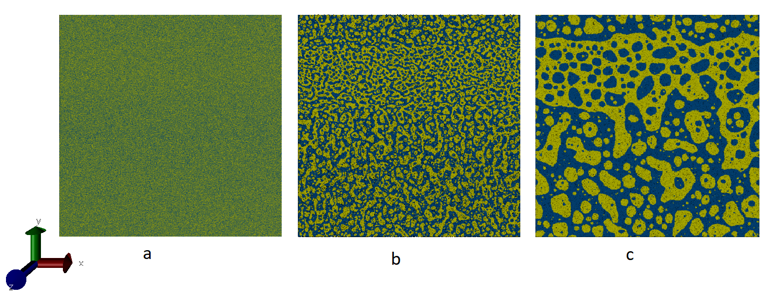
Use Case Owner
Dr. Jony Castagna, computer scientist at UKRI STFC Daresbury Laboratory, E-CAM programmer
EXCELLERAT: Enabling parallel mesh adaptation with Treeadapt
A Use Case by 
Short description
Results & Achievements
Objectives
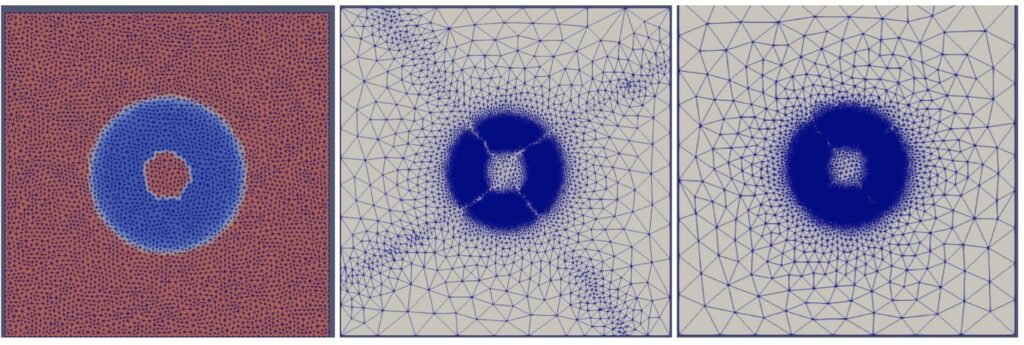

Full airplane simulations on Heterogeneous Architectures
A solution based on Dynamic Load Balancing
A Use Case by 
Short description
Results & Achievements
Objectives

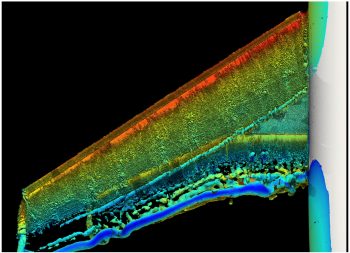
Technologies
Alya CFD code
Use Case Owner
Barcelona Supercomputing Center-Centro Nacional de Supercomputación (BSC-CNS)
Collaborating Institutions
Barcelona Supercomputing Center (BSC)


